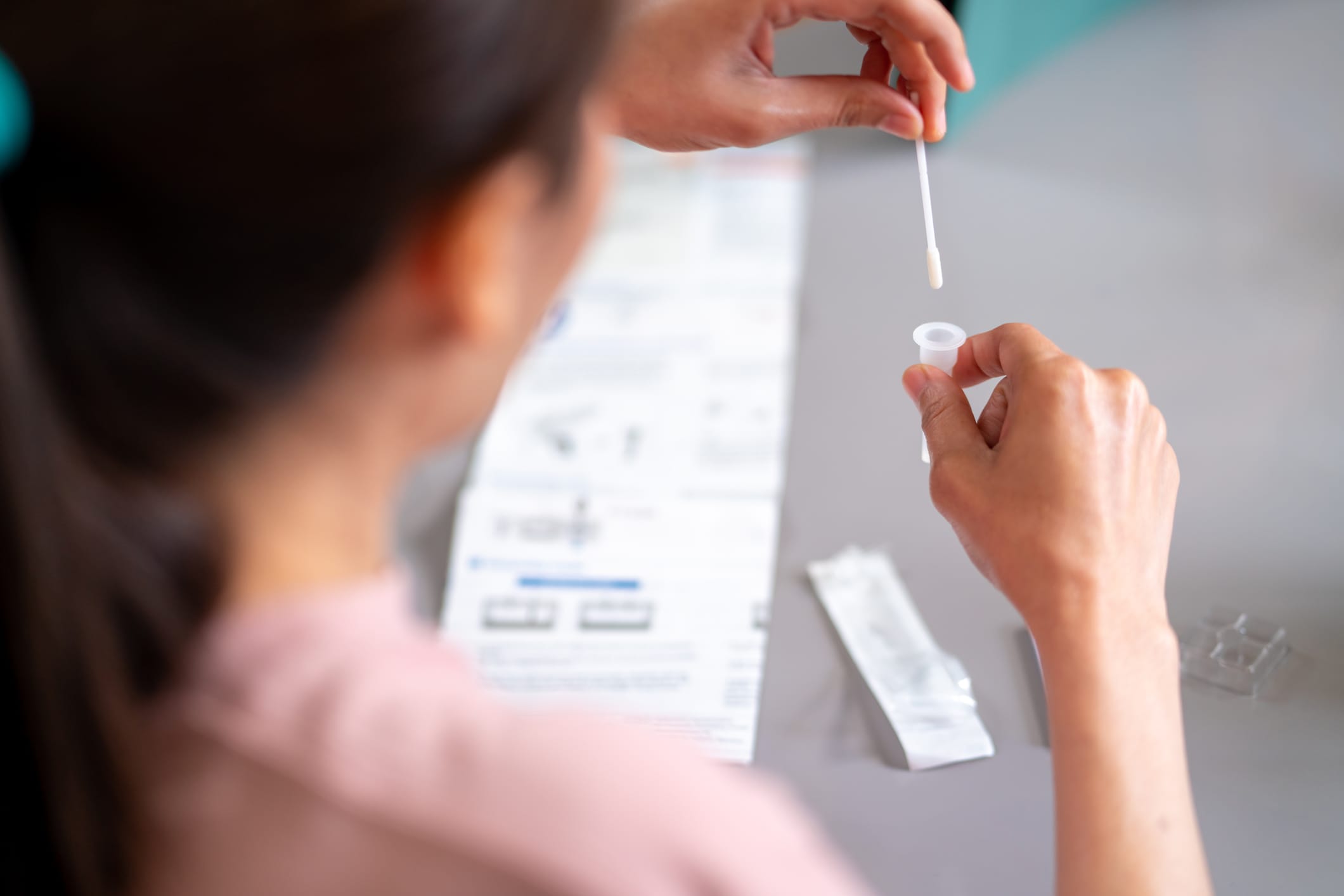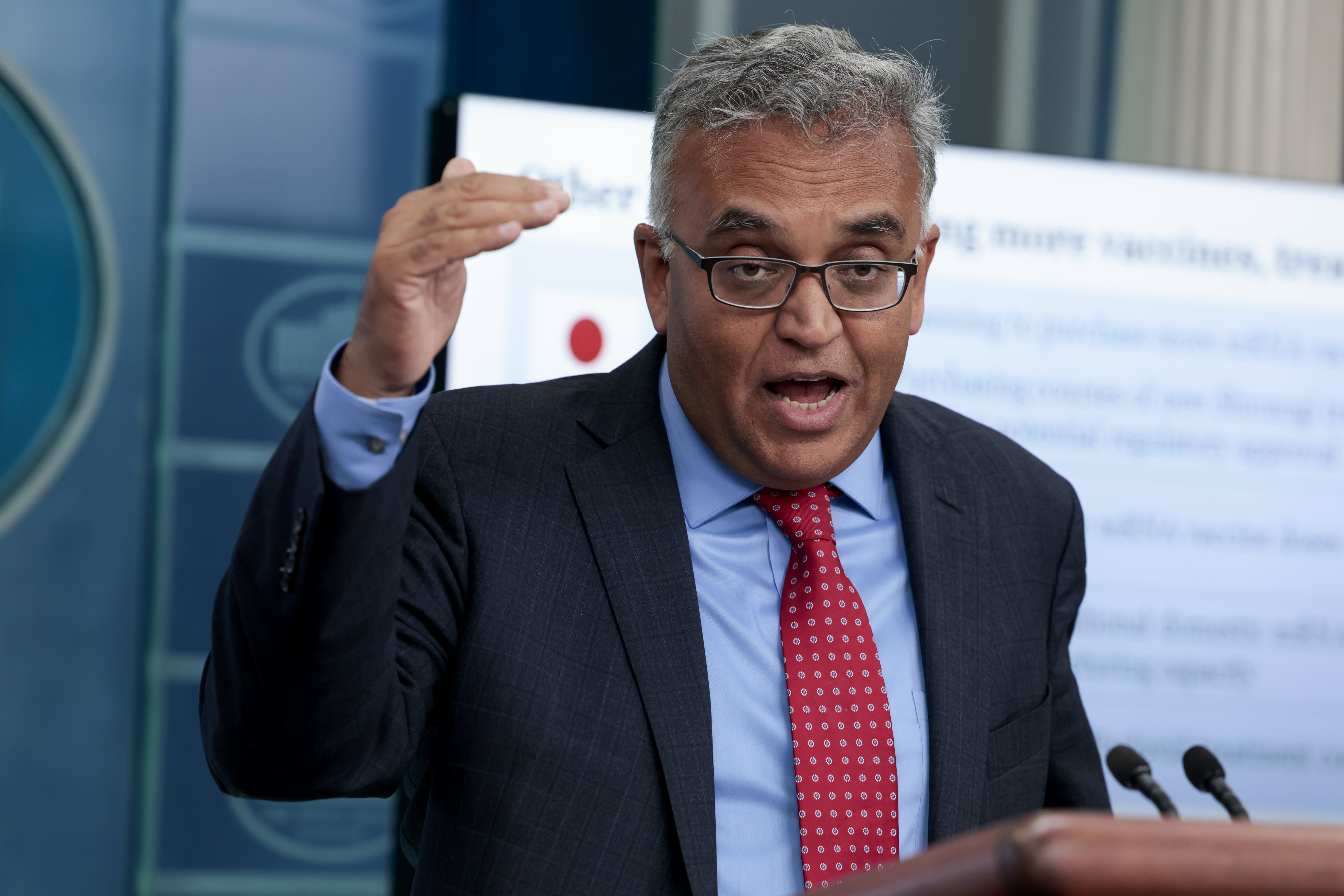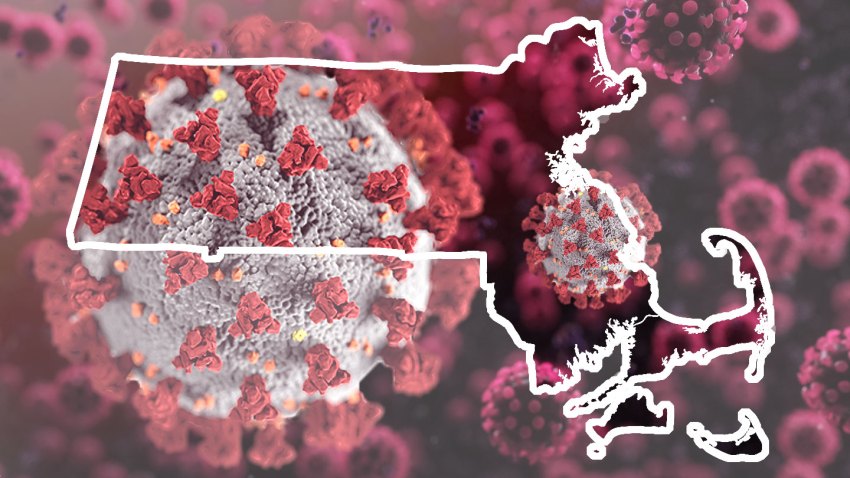COVID-19 cases have been rising steadily in Massachusetts in recent weeks, with most of the state now in the Centers for Disease Control and Prevention's high risk category.
But the numbers being reported by the state are likely much lower than the actual case count since most people are testing at home and those results are not reported to the Massachusetts Department of Public Health.
The state reported 3,425 new cases on Tuesday, with 803 people hospitalized. The state's seven-day average positivity rate came in at 9.12% Tuesday, compared to 8.48% on Monday.
Dr. Shira Doron of Tufts Medical Center said she recently spoke with state health officials and they estimate cases are likely two or three times higher than what is being reported in the state's COVID dashboard.
"I wouldn't be surprised if the proportion of home testing is even more than two or three times what we're seeing in the PCR tests that make their way to the dashboard," she said.
Across the state, Doron said cases are very high, and hospitalizations are up.
Right now, she said about 30 to 35% of hospitalizations are patients being treated for COVID-19. And 10% of COVID hospitalizations are in intensive care.
"That is an overall improvement in terms of the severity of illness, that is certainly an overall decrease in infection fatality rate or overall severity in terms of how much damage this virus is doing on an individual basis," Doron said. "That's the result of immunity from recent infection and vaccination."
Dr. Sabrina Assoumou of Boston Medical Center said she's also seeing a lot of community spread, with many sick staff and children in schools and parents staying home to care for them. But she also said we're in a much different place than at the start of the pandemic.
"We're not powerless. We're not in 2020," she said. "We've learned what works, we have a lot of tools. We need to encourage people to get vaccinated, we need to get people boosted. We need to use indoor masking in public settings, which is something people do not want to do... There's a lot of things we can do to keep society going."
Assoumou noted that the federal government is now allowing households to order eight more COVID-19 tests, and people can get another eight through the U.S. Postal Service.
"There's also things we can do in terms of ventilation at graduations and parties. We can encourage people to move those gatherings outdoors," she said. "It's been two years. We're all tired. But there are things we can do to make those gatherings safe."
Assoumou also said there are now outpatient treatments for people who do get COVID.
"My message is cases are going up, but we're not in 2020. We have a lot of tools. We need to use those tools."
Dr. Daniel Kuritzkes of Brigham and Women's Hospital concurred.
"I think people need to be prudent about their activities," he said. "Get vaccinated and boosted and be cautious."
How much of the spike is due to the BA.2 12.1 omicron subvariant?
A COVID-19 subvariant estimated by health officials to be even more contagious than the first descendant of the potently infectious omicron strain now accounts for almost half of all virus circulating in New England, according to new CDC data released Tuesday.
The prevalence of BA.2 12.1 rose to 47.5% this week, compared to 50.9% for BA.2. Just two weeks ago, the BA.2 12.1 subvariant accounted for only 28% of cases in New England.
But Kuritzkes said it's difficult to say if rise of the BA.2 12.1 is what's driving the spike in cases here in Massachusetts.
"We've seen a substantial increase in the numbers," he said. "It's certainly contributing to the rise, but I'm not sure it's solely responsible. There's still enough BA.2 as well."
"It's hard to know," added Assomou. "It's more transmissable, it looks like it's on track to take over and become the predominant subvariant [in Massachusetts]."
"It could be the variant, it could be a lot of the behavioral changes that have happened, including the relaxation of mitigation measures. There are a lot of things going on that could have all contributed to what we're seeing."




